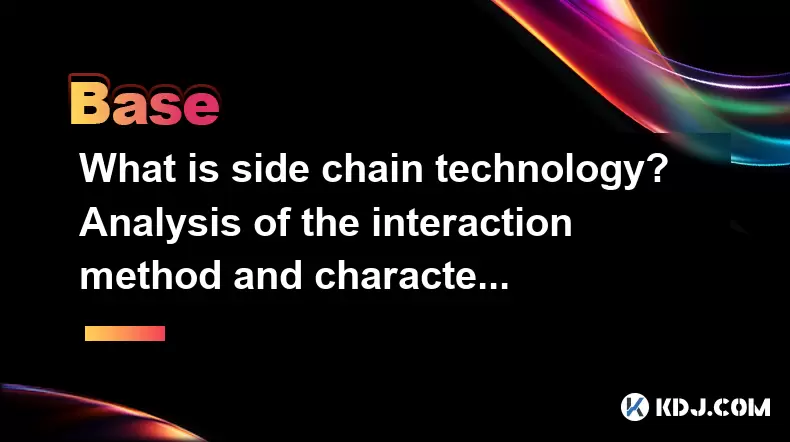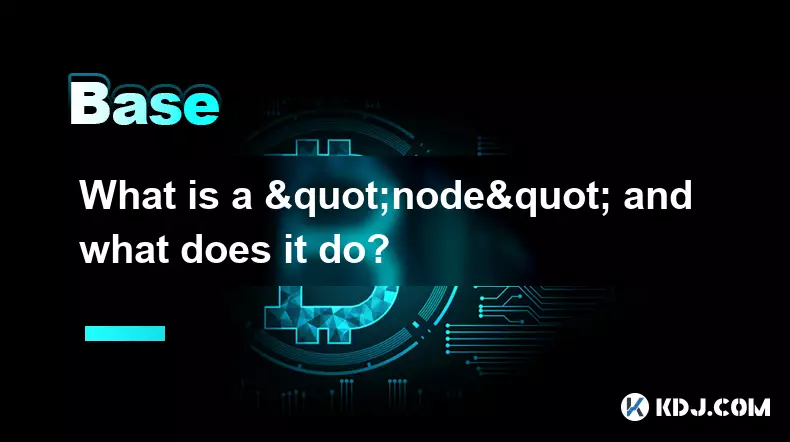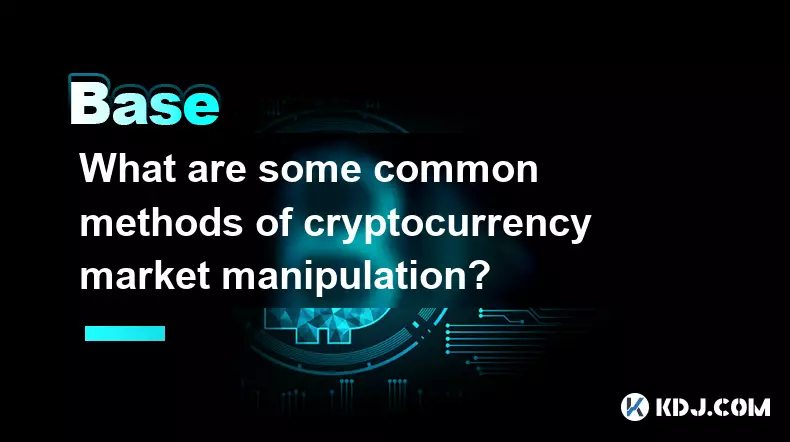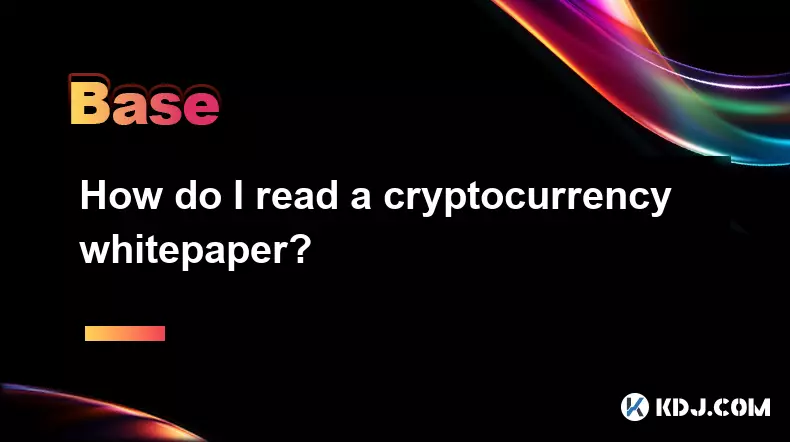-
 bitcoin
bitcoin $121833.232455 USD
-0.63% -
 ethereum
ethereum $4394.437030 USD
-2.00% -
 tether
tether $1.000570 USD
0.04% -
 bnb
bnb $1255.553465 USD
-3.73% -
 xrp
xrp $2.814944 USD
-1.59% -
 solana
solana $221.835346 USD
-2.40% -
 usd-coin
usd-coin $0.999869 USD
0.01% -
 dogecoin
dogecoin $0.249495 USD
-1.32% -
 tron
tron $0.336905 USD
-1.24% -
 cardano
cardano $0.816464 USD
-1.69% -
 chainlink
chainlink $22.130946 USD
-1.27% -
 hyperliquid
hyperliquid $44.208522 USD
-3.46% -
 ethena-usde
ethena-usde $1.000521 USD
0.02% -
 sui
sui $3.422897 USD
-2.51% -
 stellar
stellar $0.380164 USD
-1.31%
What is side chain technology? Analysis of the interaction method and characteristics with the main chain
Side chains enhance blockchain scalability and flexibility by offloading transactions and enabling asset transfers via a secure two-way peg mechanism.
Jun 04, 2025 at 11:21 pm

Side chain technology represents an innovative approach within the cryptocurrency ecosystem, designed to enhance the scalability, flexibility, and functionality of blockchain networks. At its core, side chains are separate blockchains that are pegged to the main blockchain, allowing for the transfer of assets between the two chains. This technology offers a solution to some of the inherent limitations of traditional blockchains, such as high transaction fees and slow processing times.
Understanding Side Chains
A side chain operates as an independent blockchain that runs parallel to the main chain. The primary purpose of a side chain is to offload some of the workload from the main chain, thereby improving its efficiency. Assets can be moved between the main chain and the side chain through a two-way peg mechanism. This means that assets locked on the main chain can be transferred to the side chain and vice versa, ensuring that the total value of assets remains constant across both chains.
Interaction Method with the Main Chain
The interaction between the main chain and the side chain is facilitated through a process known as the two-way peg. This mechanism involves locking assets on the main chain and then releasing an equivalent amount on the side chain. Here’s how it works:
- Locking Assets on the Main Chain: When a user wants to transfer assets to the side chain, they first lock their assets on the main chain. This is typically done by sending the assets to a specific address controlled by the side chain.
- Releasing Assets on the Side Chain: Once the assets are locked on the main chain, an equivalent amount of assets is released on the side chain. These assets can then be used within the side chain ecosystem.
- Unlocking Assets on the Main Chain: To move assets back to the main chain, the user locks the assets on the side chain. Once locked, the equivalent amount is released back on the main chain.
This two-way peg ensures that the total value of assets remains consistent across both chains, maintaining the integrity and security of the system.
Characteristics of Side Chains
Side chains possess several key characteristics that distinguish them from the main chain and other blockchain technologies:
- Scalability: By offloading transactions to the side chain, the main chain can handle more transactions per second, improving overall network scalability.
- Flexibility: Side chains can implement different consensus mechanisms, transaction formats, and smart contract languages, allowing for experimentation and innovation without affecting the main chain.
- Interoperability: Side chains can be designed to interact with multiple blockchains, facilitating cross-chain transactions and enhancing the interoperability of the broader blockchain ecosystem.
- Security: While side chains operate independently, their security is often tied to the security of the main chain through the two-way peg mechanism, ensuring that assets remain secure during transfers.
Use Cases of Side Chains
Side chains have a wide range of potential applications within the cryptocurrency space. Some of the most notable use cases include:
- Scalability Solutions: Projects like the Lightning Network for Bitcoin and Plasma for Ethereum use side chains to improve transaction speeds and reduce fees.
- Testing and Development: Developers can use side chains to test new features and applications without risking the stability of the main chain.
- Specialized Blockchains: Side chains can be tailored to specific industries or use cases, such as supply chain management or decentralized finance (DeFi), providing customized solutions that meet unique needs.
Challenges and Considerations
While side chain technology offers numerous benefits, it also comes with its own set of challenges and considerations:
- Security Risks: The two-way peg mechanism, while secure, can be vulnerable to attacks if not properly implemented. Ensuring the security of the peg is crucial to maintaining the integrity of the system.
- Complexity: The process of moving assets between the main chain and the side chain can be complex, requiring users to understand and trust the peg mechanism.
- Regulatory Compliance: As side chains can operate independently, they may face different regulatory requirements, which can complicate their adoption and use.
Implementing Side Chains
For those interested in implementing side chain technology, here are some detailed steps to consider:
- Define the Purpose: Clearly outline the specific problem or use case that the side chain will address. This will guide the design and implementation of the side chain.
- Choose a Consensus Mechanism: Select a consensus mechanism that aligns with the goals of the side chain. Options include Proof of Work (PoW), Proof of Stake (PoS), or more specialized mechanisms like Delegated Proof of Stake (DPoS).
- Design the Two-Way Peg: Develop a secure and efficient two-way peg mechanism to facilitate the transfer of assets between the main chain and the side chain. This may involve creating smart contracts or using a federation of nodes to manage the peg.
- Implement the Side Chain: Build the side chain infrastructure, including the necessary software and hardware. This may involve modifying existing blockchain platforms or building from scratch.
- Test and Validate: Thoroughly test the side chain to ensure its functionality and security. This includes testing the two-way peg mechanism and any smart contracts or applications that will run on the side chain.
- Launch and Monitor: Once the side chain is operational, monitor its performance and make any necessary adjustments. Engage with the community to gather feedback and improve the system over time.
Frequently Asked Questions
Q: Can side chains operate independently of the main chain?A: Yes, side chains can operate independently, but they are typically linked to the main chain through a two-way peg mechanism. This allows for the transfer of assets between the two chains while maintaining the security and integrity of the system.
Q: Are side chains more secure than the main chain?A: The security of side chains is often tied to the security of the main chain through the two-way peg mechanism. While side chains can be designed to be secure, they may still face unique security risks that need to be addressed.
Q: How do side chains affect the scalability of the main chain?A: Side chains can improve the scalability of the main chain by offloading transactions and processing them on a separate blockchain. This reduces the load on the main chain, allowing it to handle more transactions per second.
Q: Can side chains be used for cross-chain transactions?A: Yes, side chains can be designed to facilitate cross-chain transactions, enhancing the interoperability of different blockchain networks. This allows for the seamless transfer of assets between multiple blockchains.
Disclaimer:info@kdj.com
The information provided is not trading advice. kdj.com does not assume any responsibility for any investments made based on the information provided in this article. Cryptocurrencies are highly volatile and it is highly recommended that you invest with caution after thorough research!
If you believe that the content used on this website infringes your copyright, please contact us immediately (info@kdj.com) and we will delete it promptly.
- Trump Tariffs, Global Selloff, and the Bitcoin Crash: What's a New Yorker to Do?
- 2025-10-11 06:25:12
- Shiba Inu and the $1 Dream: A NYC Reality Check
- 2025-10-11 06:45:15
- Trump Tariffs, China, and a Bitcoin Fall: Decoding the Crypto Market's Reaction
- 2025-10-11 06:45:15
- Flora Growth Rebrands as ZeroStack: A $401M Bet on the $0G Token and Decentralized AI
- 2025-10-11 06:25:12
- Stablecoin Saga: USST's Peg Wobble and the Quest for Dollar Stability
- 2025-10-11 06:50:01
- Pepe, Trump, and the Meme Coin Mania: What's Hot in 2025?
- 2025-10-11 06:50:01
Related knowledge

What is a "node" and what does it do?
Oct 10,2025 at 02:54pm
Understanding the Role of a Node in Blockchain Networks1. A node refers to any computer or device that participates in a blockchain network by maintai...

What does FOMO (Fear of Missing Out) and FUD (Fear, Uncertainty, and Doubt) mean?
Oct 10,2025 at 02:36pm
FOMO in the Cryptocurrency Market1. FOMO, or Fear of Missing Out, is a psychological trigger that drives individuals to act quickly out of concern the...

Do you have to pay taxes on cryptocurrency gains?
Oct 10,2025 at 03:19pm
Tax Obligations for Cryptocurrency Gains1. Cryptocurrency is treated as property by tax authorities in many jurisdictions, including the United States...

How does cryptocurrency achieve decentralization?
Sep 30,2025 at 04:37am
Understanding the Foundation of Decentralization in Cryptocurrency1. Cryptocurrency achieves decentralization primarily through the use of blockchain ...

What are some common methods of cryptocurrency market manipulation?
Sep 27,2025 at 02:55am
Wash Trading and Its Impact on Market Perception1. Wash trading involves an individual or entity simultaneously buying and selling the same cryptocurr...

How do I read a cryptocurrency whitepaper?
Sep 27,2025 at 05:54am
Understanding the Structure of a Cryptocurrency Whitepaper1. Begin by identifying the executive summary, which outlines the project’s core vision and ...

What is a "node" and what does it do?
Oct 10,2025 at 02:54pm
Understanding the Role of a Node in Blockchain Networks1. A node refers to any computer or device that participates in a blockchain network by maintai...

What does FOMO (Fear of Missing Out) and FUD (Fear, Uncertainty, and Doubt) mean?
Oct 10,2025 at 02:36pm
FOMO in the Cryptocurrency Market1. FOMO, or Fear of Missing Out, is a psychological trigger that drives individuals to act quickly out of concern the...

Do you have to pay taxes on cryptocurrency gains?
Oct 10,2025 at 03:19pm
Tax Obligations for Cryptocurrency Gains1. Cryptocurrency is treated as property by tax authorities in many jurisdictions, including the United States...

How does cryptocurrency achieve decentralization?
Sep 30,2025 at 04:37am
Understanding the Foundation of Decentralization in Cryptocurrency1. Cryptocurrency achieves decentralization primarily through the use of blockchain ...

What are some common methods of cryptocurrency market manipulation?
Sep 27,2025 at 02:55am
Wash Trading and Its Impact on Market Perception1. Wash trading involves an individual or entity simultaneously buying and selling the same cryptocurr...

How do I read a cryptocurrency whitepaper?
Sep 27,2025 at 05:54am
Understanding the Structure of a Cryptocurrency Whitepaper1. Begin by identifying the executive summary, which outlines the project’s core vision and ...
See all articles










































































